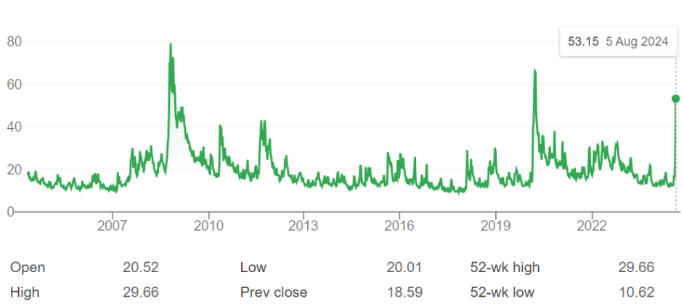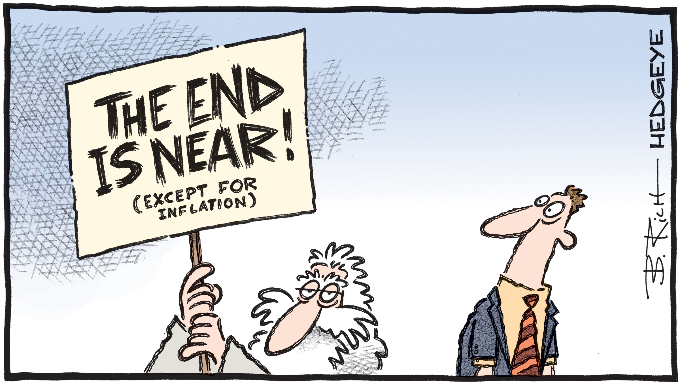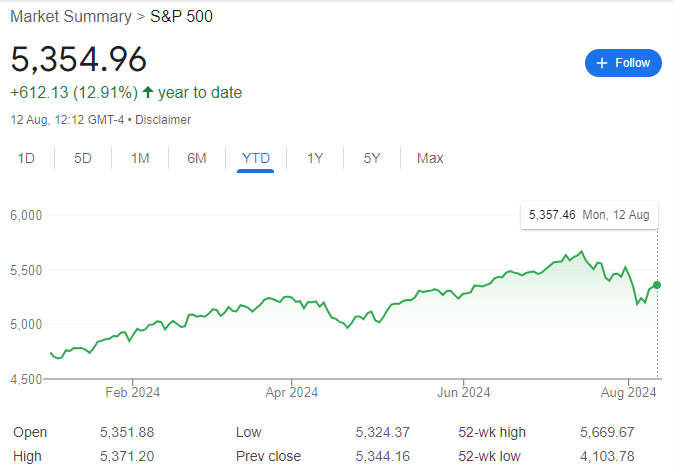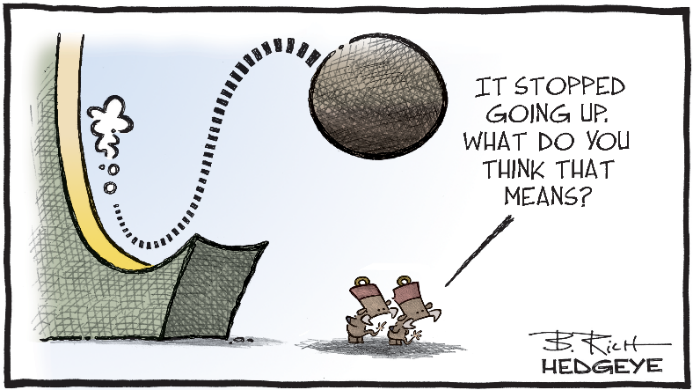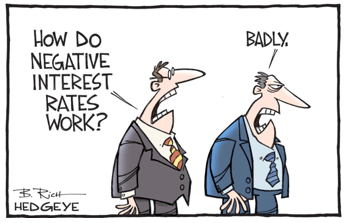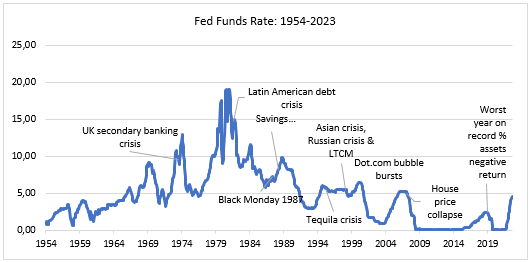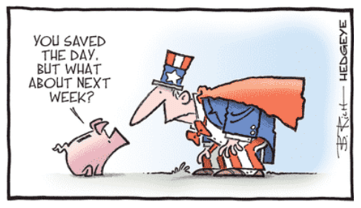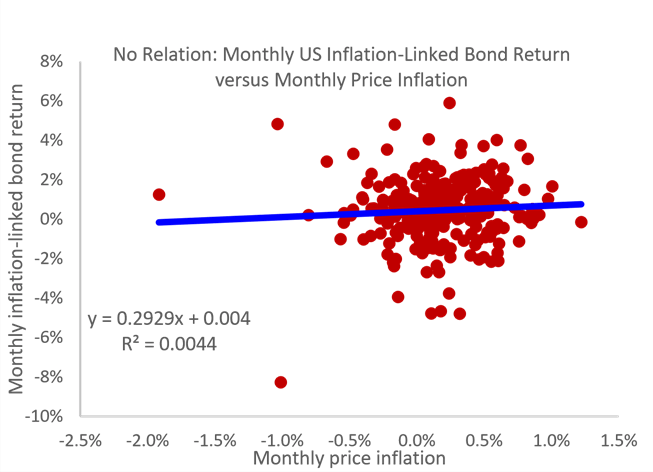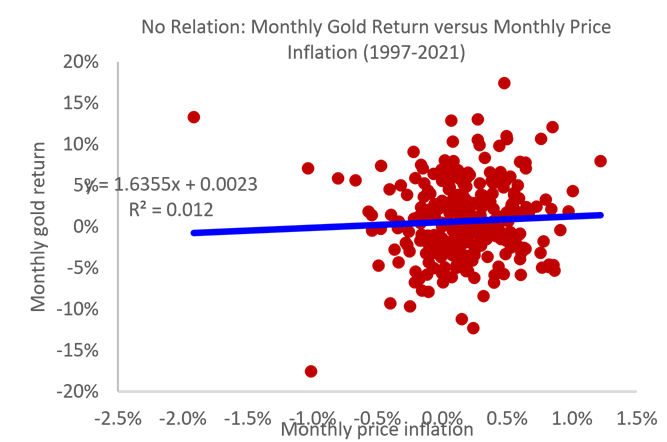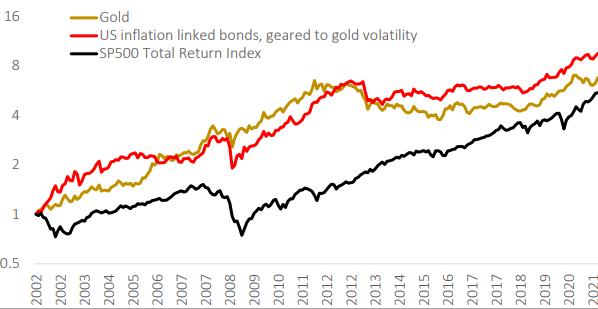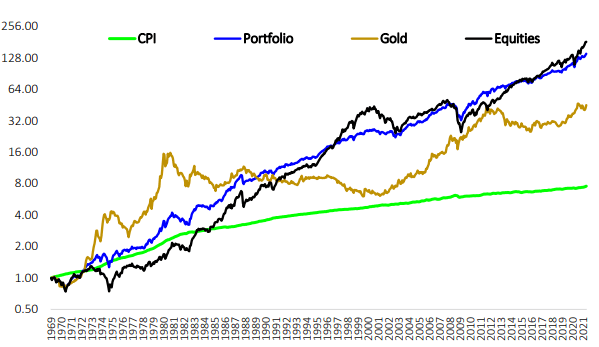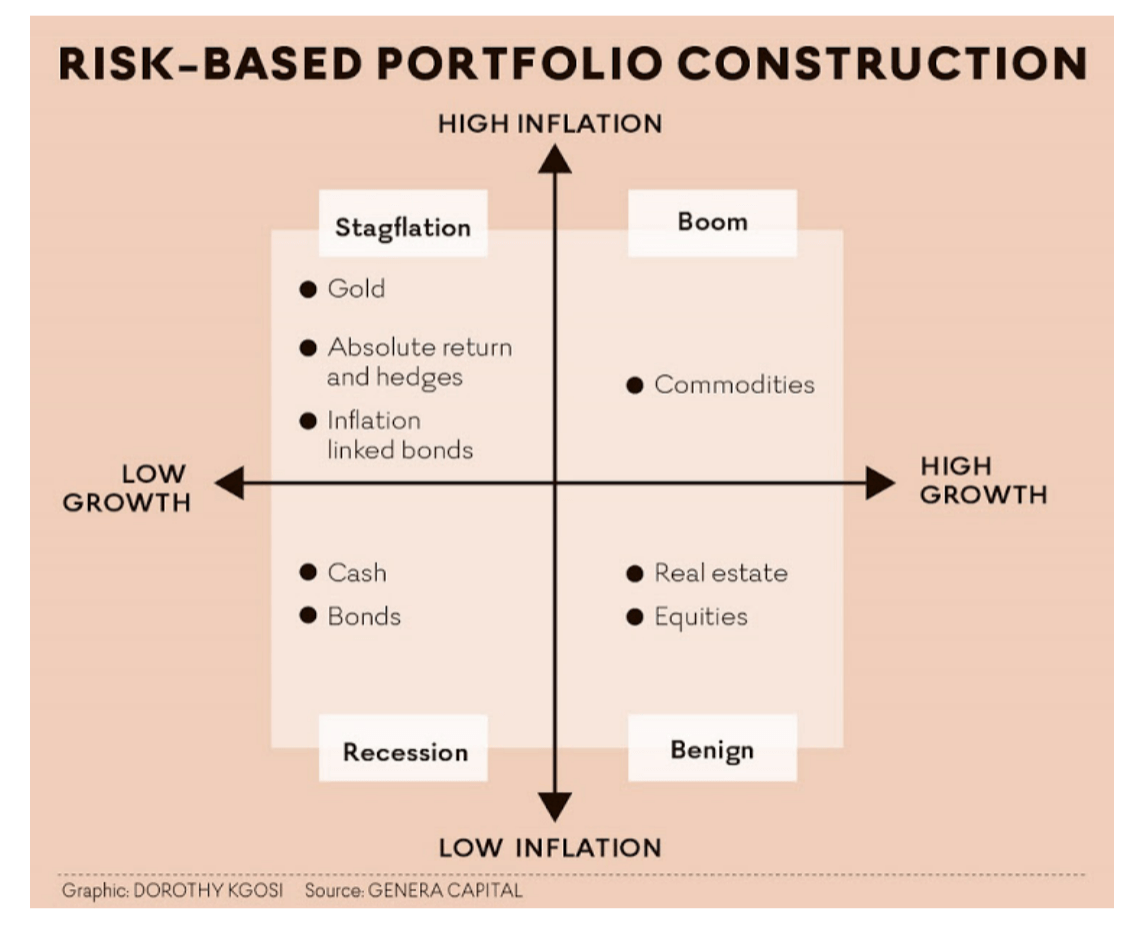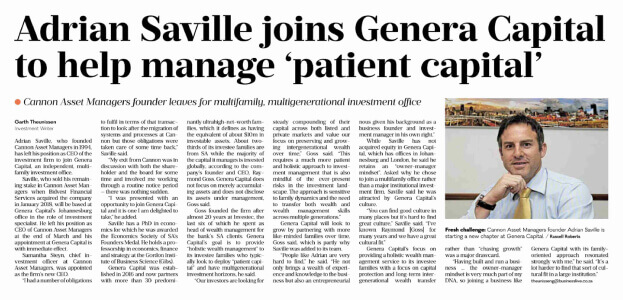Thought Leadership
Market observation
Good morning, Mr. President
"Today we're standing up for the American
worker and finally putting America first."
It’s not beyond the realm of impossibility that
Donald Trump’s charm may have run thin, and
that he may just be rubbing you up the wrong
way. So, before judging too quickly, let’s do a
thought experiment ...
Welcome to your new job, POTUS. Having won
the popular vote, as the newly elected President
of the United States and its Commander-in-Chief,
you have just sworn to “preserve, protect, and
defend the Constitution of the United States.” If
you knowingly act against US interests, you may
be impeached. So be careful. Your inauguration –
the greatest ever - was streamed across all major
digital platforms. We saw you fighting that hat in
an attempt at a kiss after taking the oath! There is
no place to hide.
Time to get down to
work. This is what faces
you today.
Let’s start with the economy.
All is not well.
The end of American
exceptionalism, a period
that created enormous wealth – driven by
technological advances that enabled people and
capital to become far more productive, has lost
momentum. In truth, the US has turned from a
productive economy to a consumer economy. As a
result, it has experienced a surge in debt which
has been required to sustain comfortable
lifestyles. Fortunately, the reserve currency status
bestowed on the US has allowed increased
borrowing beyond limits available to mere
mortals. As is typical, the availability of leverage
has culminated in the formation of financial
bubbles. This “everything bubble” post the
enormous 2020 stimulus has manifested itself in
equities, crypto, digital art, luxury goods and even
Pokémon playing cards. It has also seen enormous
wealth gaps between the haves and have-nots ...
with the political consequences this holds,
including your own (well deserved) and
incontestably free and fair election victory.

No good deed goes unpunished. Having provided
USD 5 trillion in relief aid during Covid (the CARES
Act, the largest in U.S.
history, provided USD2,2
trillion directly to
individuals), the trailing
period of revenge spending
is unfortunately coming to
an end. The consumer is
increasingly tapped out and
fast losing steam. All that is
left is the debt; USD36
trillion and counting. Of this, about USD8,5 trillion
is owed to mischievous foreign investors.
“We’re going to stop the manipulation, the
cheating, and the theft of intellectual property.
It’s going to be better for the world, better for
our country, and better for China.”
Over the long run, a country’s wealth is a function
of how much it can produce (a measure of its
productivity). And wealth is power. The creation
of too much money and credit leads to a process
of devaluation. When you borrow excessively, it
creates fragility. You become reliant on foreign
lenders. If they lose confidence and look to sell
your debt, your currency comes under pressure.
You start to lose power. If coupled with an
economic downturn, the risk of internal conflicts
increases, and politics becomes more radicalised.
Across the Pond, your latest bestie and special
relationship, Keir Starmer, has reacted to the
growing divide by doing the tough popular thing
and taxing the rich ... and then waiving as they
board one-way flights to warmer destinations. Uh
oh. We don’t want to make that mistake and tax
ourselves.
What happens when your debts are too large, and
you hit an economic downturn? You can print
money, or you can default on your debt. If you
print money – which countries always choose over
default – you increase inflation. And consumers
hate inflation – a tax on their wealth – and which
for the moment is proving stubborn and just
won’t fall back into line.
At these times, Governments increasingly struggle
to fund themselves. What can be done? For one
thing, get your house and spending in order.
Queue DOGE and enter (and exit) current bestie,
Elon Musk, whose kitchen-appliance approach will
(hopefully) cut USD2 trillion off the USD7 trillion
Federal budget and eliminate ideologically driven
initiatives (such as diversity, equity, and inclusion).
"Our allies have taken advantage of us more so
than our enemies."
Concurrently, with power waning you need to
withdraw from the global stage as military
strength requires enormous spending; 13% of the
Federal Budget. As an aside, your European free-
riders friends spend just 1.3% of their budget on
this. And they have an angry bear living in the
woods next door. Unfortunately, departing from
the scene creates vacuums that are quickly filled
by rising powers and / or desperate powers
looking to re-assert themselves. But you need to
choose your battles – you can’t fight on every
front – and sacrifices will need to be made. Sorry
Ukraine. Let’s talk about Taiwan later, as the USS
Carl Vinson is steaming to the Middle East.
“China is an economic enemy. They are the
enemy of the United States, and they’re taking
advantage of us.”
Turns out that China has not played by the rules
even after you invited them into the World Trade
Organization. Despite promises, they have not
upheld intellectual property rights in compliance
with international trade agreements – leading to
intellectual property theft, cyber-espionage
(continued hacking and stealing US data),
counterfeiting and forced technology transfers –
pressurising foreign companies to share their
proprietary technology, trade secrets, or
intellectual property with Chinese firms or the
government as a condition for market access. And
now they seem to be standing on their own feet,
introducing AI across a range of initiatives
spanning Military, EV’s and healthcare. Sceptical?
Just ask Deepseek!
OK, that’s enough for one day! I can already see
you reaching for that thick black Sharpie marker ...
time to level the playing fields, act in America’s
self-interest, and sign those tariffs into law.
(P.S. You can’t take credit ... all the above quotes
belong to Donald J Trump – the actual POTUS.)
Navigating wealth through the crisis
Let’s get serious. This is a crisis. The scale of the
tariffs introduced are stunning in their scale and
reach. This brings the period of globalisation and
free trade to an end.
Tariffs introduce significant costs that are
important to understand. Some of those costs are
direct and obvious, while others stem from
uncertainty – which will impact return on capital
and growth globally, which includes the U.S.
themselves. Tariffs introduce currency volatility,
particularly as countries retaliate. Profit margins
will be squeezed – especially for those doing
business in the U.S. and those with frail balance
sheets may not be able to survive. Increased
bankruptcy risk, at a time of tight credit spreads
means that U.S. high yield corporate credit looks
to be a particularly bad trade. It seems obvious
that tariffs are also inherently inflationary.
Understanding the consequences, it is our
absolute responsibility to protect your assets
through this period.
As you will be aware from our previous
correspondence (please refer back to our 2024
Investor Letter), our view has been that inflation
expectations were unrealistic, that equity
valuations in the US, particularly the Magnificent
7, would prove problematic to justify given the
over optimistic view of AI driven productivity
gains, and the continued reliance on
unsustainable levels of debt to stimulate markets.
All combined, these commonly held assumptions
had created an unstable foundation – and one
prone to structural instability.
We have been deeply concerned about the
increasing risk of stubborn inflation and a looming
recession. The consequences for growth assets –
and US equity in particular – are significant. And
we have long positioned our core balanced
portfolios looking ahead to these risks playing out.
Our primary defence has been our commitment
to geographic, currency and asset diversification
(the only free lunch in investing). We have
complimented this position through our alpha
tilts, including being short credit, long Yen, long
volatility and the significant holding of gold – all of
which allowed us to provide positive returns
through the more challenging first quarter of 2025
– which we will expand upon shortly as we
circulate a note reflecting on the more turbulent
first quarter.
Our focus on capital preservation first has
allowed us to calmly navigate markets and we
have been able to sleep soundly through the
increased volatility. And hopefully so have you.
